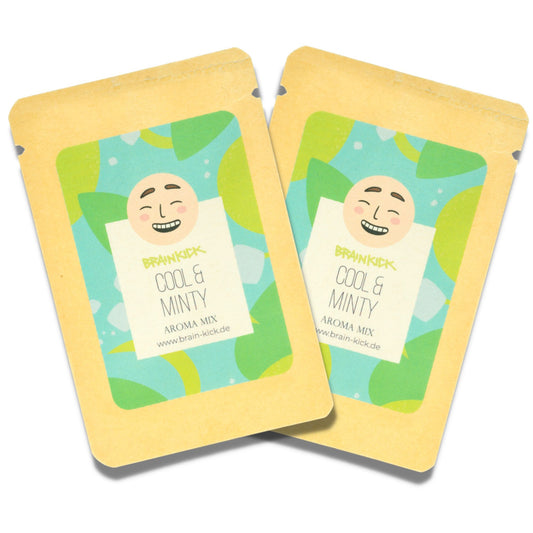Production of essential oils
There are a variety of procedures for the production of essential oils that differ depending on the use of different plant components. However, there is a lot to consider in the production, which is why it is often referred to as a manual art.
Water vapor distillation
The most frequently applied procedure for the extraction of essential oils is water vapor distillation. For this purpose, the plant parts are placed on a metal grille, which means that a hot water vapor is then initiated. The essential oils present in the plant are detached from this and are transported from the steam up. The water vapor is then led into a chilled pipe, which condenses it into a liquid. The desired essential oil floats over the water and can be skimmed off.
In order to improve the yield, pressure, temperature and the duration of the process are tailored to the respective oils.The water vapor distillation has already had its origins with the ancient Greeks and has improved over time.
CO2 extraction
This is a variant to win particularly pure essential oils. In a closed circuit system, carbon dioxide is liquefied by high pressure and can therefore remove the ingredients from the plants. This process runs at low temperatures, which means that the sensitive oils are not destroyed.
It is one of the newer manufacturing methods that has only been used since the end of the 20th century.
Cold pressing
The cold pressing is a gentle process that is only used to obtain oil from the shells of citrus fruits. These include lemon, but also orange or mandarins. The waste from the production of juices is sensitive to heat and must therefore be pressed out. Before this can be carried out, however, the rest of the pulp and the white skin must be removed so that only the outer skin remains. With the help of the press, the external layer of the fruit bowl is destroyed and the small containers in which the essential oils are stored. The freedom liquid is left until the pure oil has settled and can be skimmed.
extraction
The normal extraction runs instead of carbon dioxide, with synthetic solvents. The plant components are placed on a metal grille, which is located in a closed vacuum system. The solvent is then guided via the plant material. This releases the essential oils and at the end the solvents and the oils are separated from each other and you get almost pure oil.
Enfleurage
The enfleurage is the traditional method to obtain essential oils. This method is mainly used for fine flowers, since its aroma would be destroyed by distillation with water vapor. These are pure manual work, in which glass panels are sprinkled on glass panels strewn with pork lard. Over time, the fat absorbs the effects and fragrances of the oils. As soon as the flowers are withered, they are removed and new ones. The process continues until the fat is saturated. This process alone takes several weeks. The intermediate product, which is also referred to as pomade, is now shaken permanently for a whole day and solved in alcohol. As a result, the essential oils and the fat separate from each other and can then be skimmed off. This manufacturing process is by far the most expensive and is therefore not used in large quantities.









